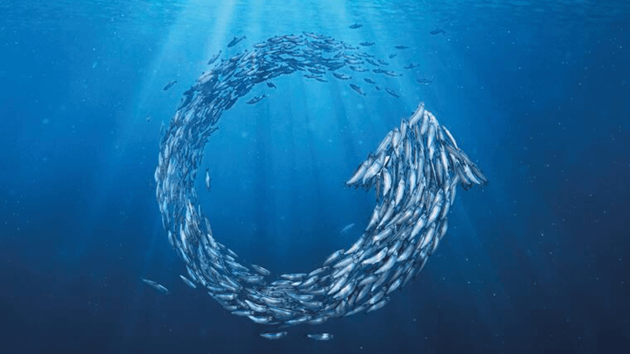Designed for Levels 3-5 and adaptable material for levels 3-5+, in this topic we explore fishing methods and some of the environmental effects of fishing including bycatch and impacts on habitat.
Download Protecting the marine environment ALL SLIDES / Download Unit Plan Protecting the Marine Environment
Dive in and explore
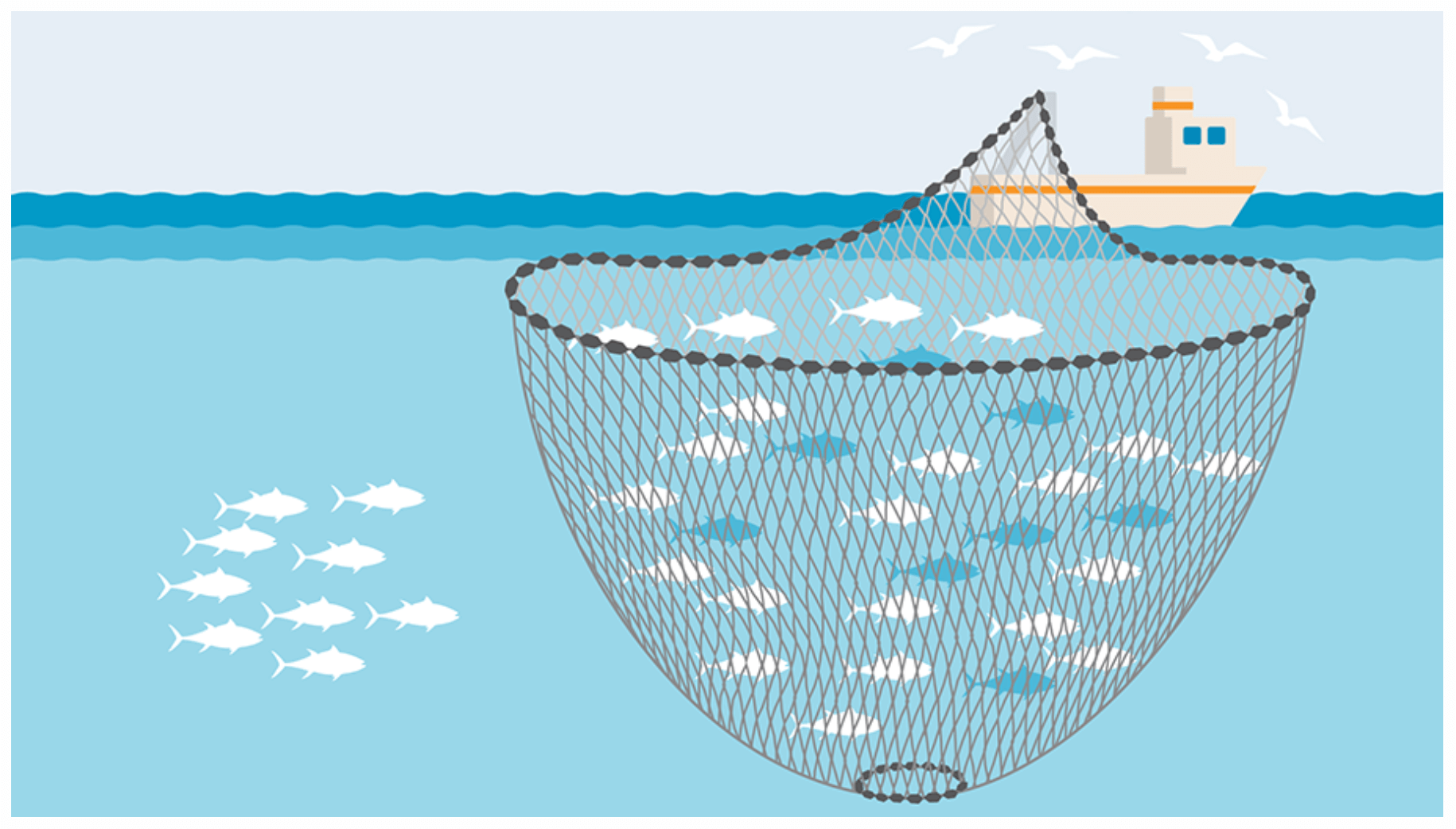
Fishing methods
Explore a range of methods commonly used in commercial fishing.
🎚 Level: 3-5+
⌚ Duration: 45 + minutes
✍ Curriculum areas: Science, Pūtaiao, Social Studies, Tikanga-ā-iwi, Geography
🌟 Key competencies: Thinking; Managing Self; Relating to others
🔤 Keywords: Purse seine, Gill net, Long-line, Bycatch, Demersal, Pelagic, Dredge
📌 Location: Indoors
⏭ Next steps (this topic): Environmental impacts of fishing, Tāiko (Black Petrel) as bycatch, New and modified fishing methods
⏭ Next steps (other topics):
Well managed fisheries
📚 Prior learning: Overfishing; Sustainable fishing
A range of gear and methods are used in commercial fishing. Every type of gear has some effect on the ocean environment. However, if carefully managed, virtually all gear types can be used responsibly and sustainably.
Focus Questions:
What different methods are used to catch fish?
What type of fish are caught and in what habitat?
What new words and concepts have we learnt?
Learning outcomes:
Identify one or more fishing methods; the type of fish they might catch and from which habitat
Investigate how one or more fishing methods impact on marine habitats and non target species
Materials:
Fishing Methods Teacher OUTLINE
Copies of Fishing method WORKSHEET
Something to write with
Internet access (for film clips)
Copies of pre-cut Fishing Method CARDS
Activities include:
CONSIDER fishing methods you have used. Have you ever caught a marine animal that you didn’t mean to catch? What happened? How did you feel?
READ and ANSWER questions about fishing methods using the Fishing method WORKSHEET
WATCH short film clips illustrating different methods
PLAY the Tricky Trawling Game
TEST knowledge and MATCH fishing method descriptions with picture of fishing gear and habitat/species caught cards
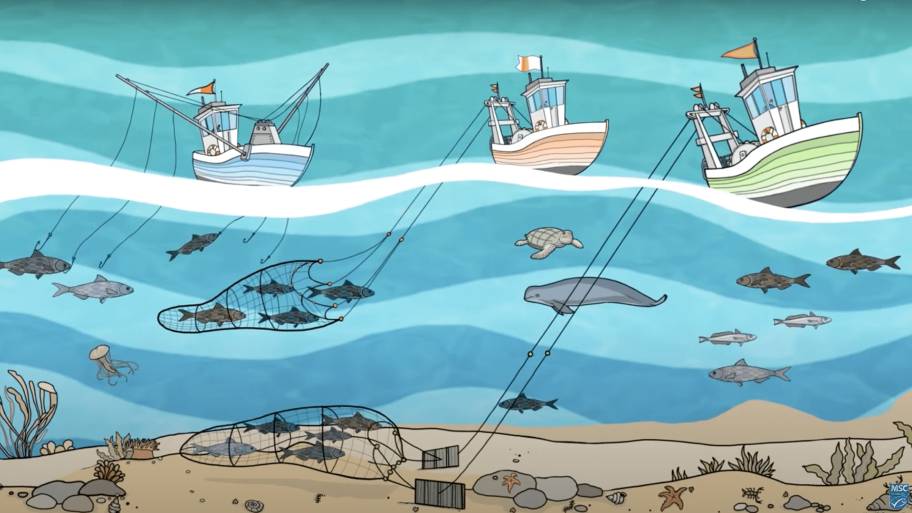
Environmental Impacts of Fishing
These activities explore the environmental impacts of fishing including bycatch. When fish or other marine species are caught by accident while trying to catch another type of fish, 'bycatch' species are caught by mistake.
🎚 Level: 3-5+
⌚ Duration: 45+ minutes
✍ Curriculum areas: Science, Pūtaiao, Technology, Engineering, Maths, Social Studies, Tikanga-ā-iwi, Geography
🌟 Key competencies: Thinking; Managing Self; Relating to others
🔤 Keywords: Bycatch, Fishing method, Target species, Habitat, Non-target species
📌 Location: Indoors & Outdoors
⏭ Next steps (this topic): Tāiko (Black Petrel) as bycatch, New and modified fishing methods
⏭ Next steps (other topics): Well managed fisheries
📚 Prior learning: Overfishing; Sustainable fishing
Bycatch happens when fish or other marine species are caught by accident, such as turtles, sharks and dolphins. Bycatch species are caught by mistake while trying to catch another type of fish. They are different from the target species (the animal the gear is intended to catch) because they are not sold or used. Habitat damage occurs when the method of fishing negatively impacts the habitat of the target species.
Focus Questions:
How can fishing impact habitat and non-target species (do these impacts need to be minimised to receive a MSC Blue Fish Tick?)?
What impact do different fishing methods have on marine habitats and non-target species?
Learning Outcomes:
Understand that fishing can impact habitat and non target species (and understand that these impacts must be minimised for fisheries to receive the MSC Blue Fish Tick)
Investigate how one or more fishing methods impact on marine habitats and non-target species
Identify how fishing methods can be modified or new methods created to reduce bycatch and impacts on habitats
Use scientific and fishery related vocabulary
Materials:
Environmental Impact SLIDE SET
Something to write with
Internet access (for film clips)
Bycatch in a bucket materials – see Bycatch in a bucket activity
Bycatch FIELD TRIP activity
Activities include:
EXPLORE effects of fishing on the marine environment (habitat & endangered species)
WATCH a short film about marine habitat and species protection
WATCH a short film about bycatch
INVESTIGATE the relationship between bycatch and different fishing methods
EXPERIENCE the difficulty of catching target fish using Bycatch in a bucket and/or undertaking the Bycatch FIELD TRIP
CREATE your own Bycatch game using Scratch
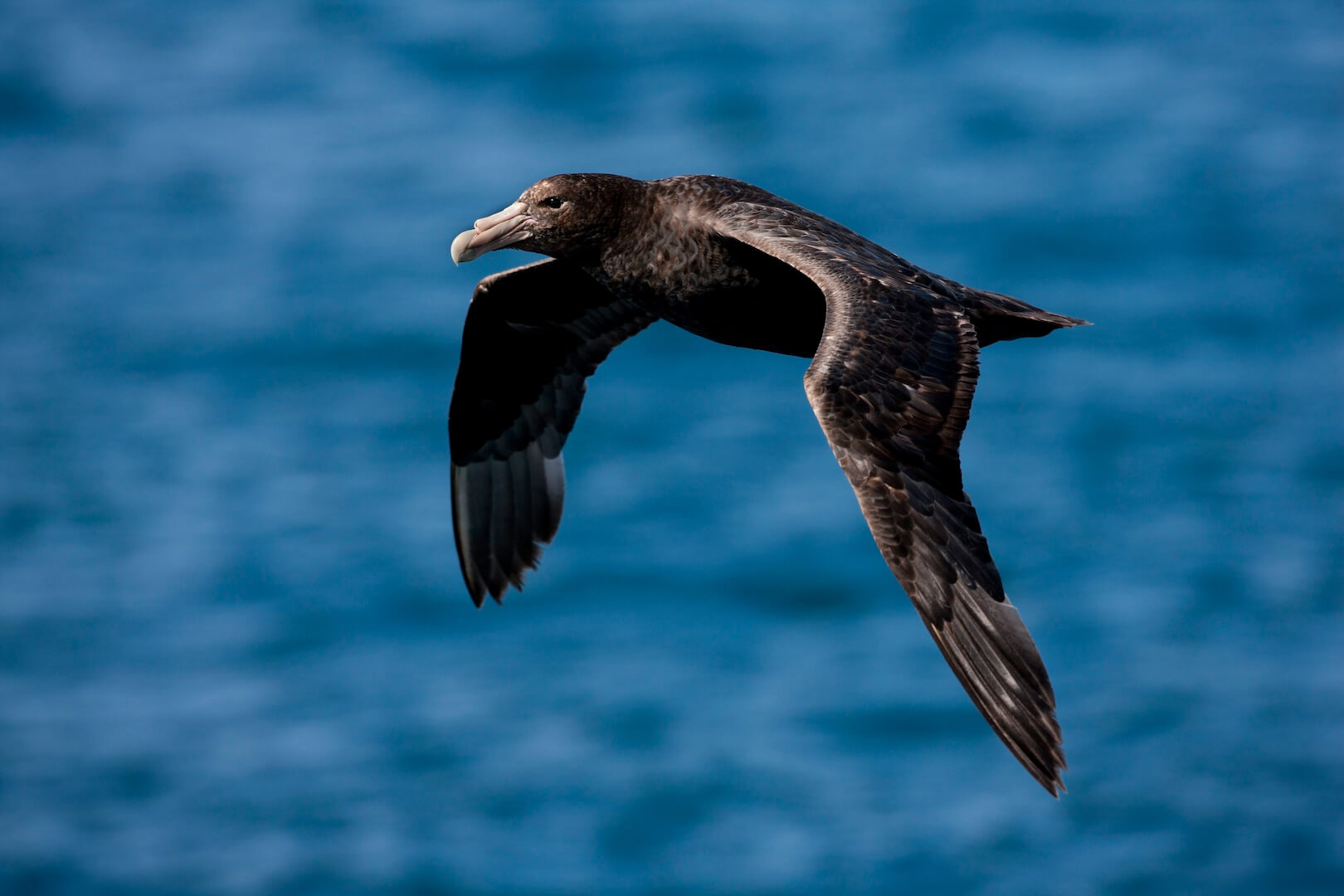
Tāiko (Black Petrel) Bycatch
Activities deepen understanding of bycatch and look at Tāiko or Black Petrel as an example of an endemic species that are sometimes impacted by fishing.
🎚 Level: 3-5+
⌚ Duration: 45+ minutes
✍ Curriculum areas: Science, Pūtaiao, Hauora, Maths, Social Studies, Tikanga-ā-iwi, Geography
🌟 Key competencies: Thinking; Managing Self; Relating to others
🔤 Keywords: Bycatch, Fishing method, Trawling, Long lining, Non-target species
📌 Location: Indoors & Outdoors
⏭ Next steps (this topic): New and modified fishing methods
⏭ Next steps (other topics): Well managed fisheries
📚 Prior learning: Protecting the marine environment
Tāiko or Black Petrel are endemic to Aotearoa New Zealand. They are a vulnerable protected species of seabird that sometimes get caught as bycatch.
Focus Questions:
How are Tāiko (Black Petrel) impacted by fishing?
What impact do different fishing methods have on marine habitats and non-target species?
Learning Outcomes:
Describe how Tāiko (Black Petrel) can be impacted by fishing
Investigate how one or more fishing methods impact on marine habitats and non target species
Use scientific and fishery related vocabulary
Materials:
Slide set: Tāiko Black Petrel as bycatch (4.3)
Teacher outline: Tāiko Black Petrel Bycatch (4.3)
Copies of Tāiko Black Petrel Worksheet (one per buddy pair)
Something to write with
Coloured ribbons, a timer, clipboard and pencil
Graphing programme
Internet connection (for film clips)
Activities include:
EXPLORE the ecology and migration path of Black Petrel
WATCH a short film about the ecology and migration of Black Petrels
WATCH a short film about commercial fishers from Moana New Zealand helping to look after the Black Petrel
INVESTIGATE Tāiko bycatch data
Complete the Tāiko Black Petrel Worksheet
EXPERIMENT to see how successfully colourful ribbons deter birds
GRAPH and investigate Tāiko Black Petrel Data
DISCUSS the effectiveness of tori lines (ribbons) keeping birds away (on land and at sea)!
WATCH young ocean explorers encounter with Tāiko and False Killer Whales
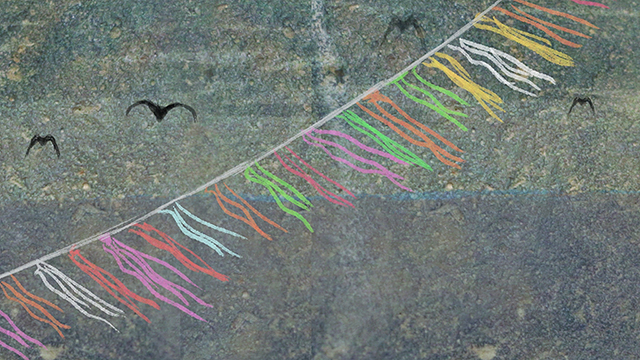
Reducing impacts: New & Modified fishing methods
In these activities we take a peak at some of the innovations in Aotearoa New Zealand that are currently helping to reduce environmental impacts of fishing, and the role that the MSC plays internationally in protecting the marine environment.
🎚 Level: 3-5+
⌚ Duration: 45+ minutes
✍ Curriculum areas: Science, Pūtaiao, Social Studies, Tikanga-ā-iwi, Geography, Hauora
🌟 Key competencies: Thinking; Managing Self; Relating to others
🔤 Keywords: Trawl, Certification, Pelagic, Bycatch
📌 Location: Indoors
⏭ Next steps (this topic): Reviewing key concepts
⏭ Next steps (other topics): Well managed fisheries
📚 Prior learning: Overfishing; Sustainable fishing; Fishing methods
Innovation is a big part of the current culture of Aotearoa New Zealand’s fishing industry. Recently a new fishing method, the Tiaki Precision Seafood Harvesting (PSH) Method was developed. This new method reduces bycatch and brings fish to the surface, and on board, in better condition than is possible with many conventional forms of fishing.
Focus Questions:
What impact do different fishing methods have on marine habitats and non target species?
How can fishing methods be modified and new fishing methods created to reduce bycatch and impacts on habitats?
What new words and concepts have we learnt?
Learning Outcomes:
Investigate how one or more fishing methods impact on marine habitats and non target species
Identify how fishing methods can be modified or new methods created to reduce bycatch and impacts on habitats
Use scientific and fishery related vocabulary
Materials:
Minimising Impacts Teacher OUTLINE
Something to write withInternet access (for film clips)
Activities include:
WATCH a short Seafood New Zealand film about Innovation
INVESTIGATE the new improved sustainable fishing method Tiaki Precision Seafood Harvesting (PSH)
WATCH short films illustrating how this fishing method works
EXPLORE how the Marine Stewardship Council helps reduce bycatch and READ the Beating Bird Bycatch story
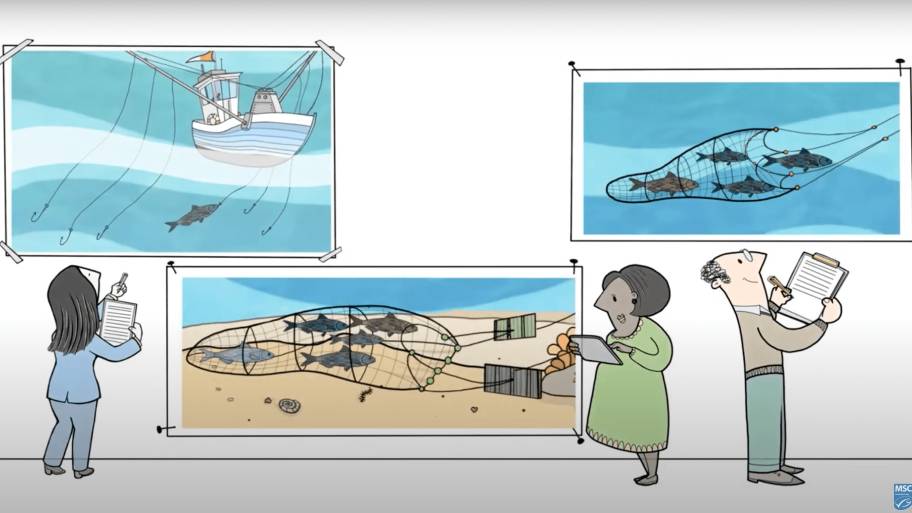
Review Key Concepts
Deepen understanding of how the impacts of fishing on the environment can be improved by reviewing key concepts explored during this topic.
🎚 Level: 3-5+
⌚ Duration: 45+ minutes
✍ Curriculum areas: Science, Pūtaiao, Social Studies, Tikanga-ā-iwi, Geography
🌟 Key competencies: Thinking; Managing Self; Relating to others
🔤 Keywords: Bycatch, Fishing method, Trawling, Non-target species, Purse seine, Gill net, Longline, Bycatch, Demersal, Pelagic, Dredge
📌 Location: Indoors
⏭ Next steps (this topic): None
⏭ Next steps (other topics): Well managed fisheries
📚 Prior learning: Fishing methods, Environmental impacts of fishing, Tāiko (Black Petrel) as bycatch, New and modified fishing methods
Review key learning from this topic.
Focus Questions:
What new words and concepts have we learnt?
Learning Outcomes:
Use scientific and fisheries related vocabulary
Materials:
Minimising Impacts & Review Teacher OUTLINE
Copies of worksheet Write a story
Activities include:
WRITE a script for Marine Stewardship Council booklet using the worksheet Write a story
REVIEW what we learnt and explore what more we would like to learn
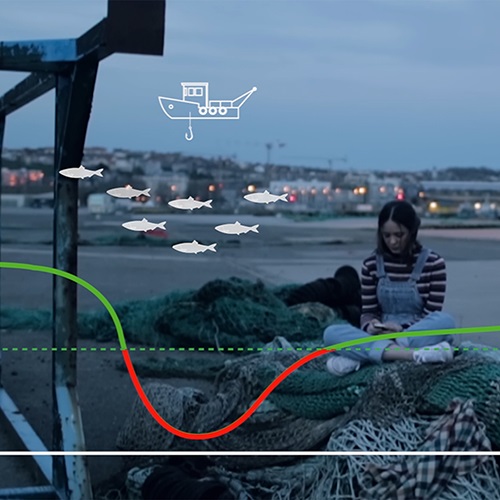
Back to Topic 3
Science and the sustainable catch - Mā tō rourou, mā taku rourou ka ora ai te tangata
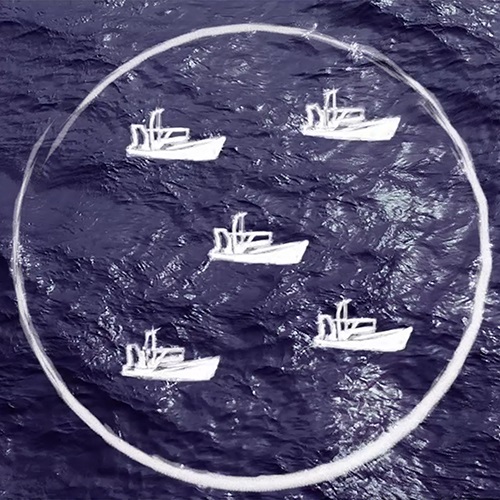
Forward to Topic 5
Fishery management - Mā te kanae anō te kanae hei kōrero. Mā te tāmure anō te tāmure hei kōrero. Mā te pāpaka anō te pāpaka hei kōrero

Topic Selector
Te Kawa o Tangaroa: all topics
Explore more

Featured{{item.Headline}}
{{item.Description}}
Sign up for teacher updates
Each quarter, we'll feature the latest education resources, upcoming calendar dates, competitions and the very best ocean-related stories.




